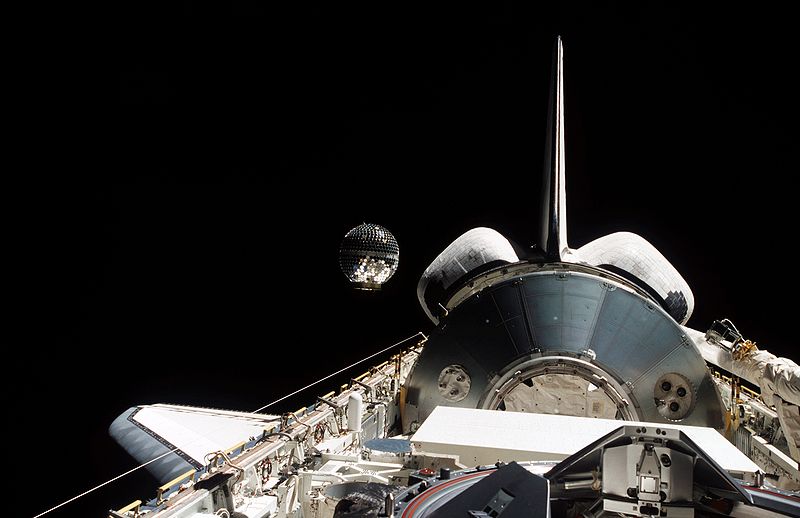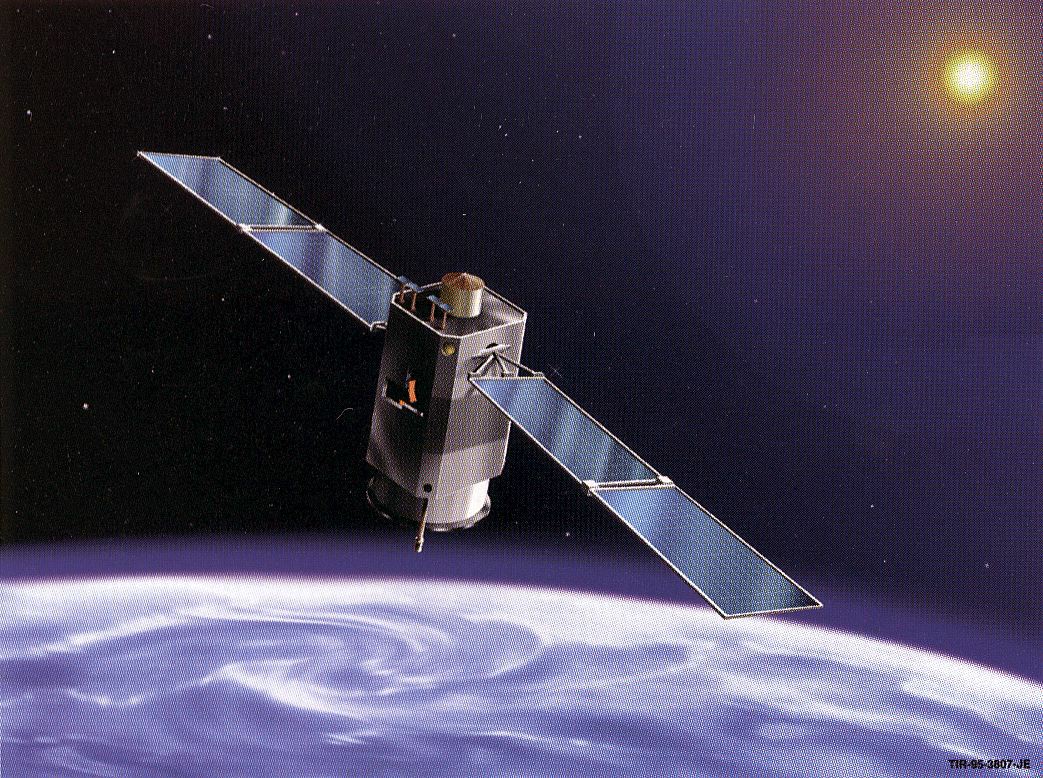I’ve seen quite a few “Hugo Nominations” blog posts since the turn of the new year — because the nomination period is now open — and a few other awards-related posts way back in late 2011. I even wrote an awards post back in early December, asking for reading suggestions for the Nebula Awards.

So, as yet another exercise in self-promotion, here’s my most detailed awards season post ever.
First, if you don’t care what the Hugo Awards are, or the Nebula Awards, or the Pegasus Awards, then thanks for reading this far anyway! If you think you might care, but just don’t know what they are, I’ll give a brief run-down of each.
The Hugos and Nebulas are Science Fiction & Fantasy awards. By analogy to film awards, the Hugos are roughly equivalent to the Golden Globes, and are given out at every World Science Fiction Convention; the Nebulas are roughly equivalent to the Academy Awards (since they’re voted on by members of the profession), and are given out at a special weekend event held by the Science Fiction & Fantasy Writers of America.
I have two stories eligible for these awards:
- In the short story category: “The Tower,” published in Crossed Genres Quarterly in June 2011. This is a “swords and sorcery” fantasy, in which there are swords and something resembling sorcery.
- In the novelette category: “Therapeutic Mathematics and the Physics of Curve Balls,” published in Analog Science Fiction & Fact in September 2011. This is the story of a boy in a freak show who retreats into mathematics for comfort and sanity.
To nominate and vote for the Hugos, you have to be a member of WorldCon. A supporting membership (i.e., that gets you voting rights and usually an electronic package full of the nominated stories and artwork) is $50, so it’s not a trivial matter. If you think you might actually want to attend, this year’s WorldCon is at Chicon in Chicago. But to nominate and vote for the Nebulas, you have to be a member of SFWA, and that’s a big deal to some of us.
In contrast to the Hugos and Nebulas, the Pegasus Awards are “filk” awards, i.e., awards for science fiction & fantasy-related folk singing. (What can sometimes be confusing is that there are also other Pegasus Awards for video production.) The Pegasus Awards are given out every year by the Ohio Valley Filk Fest. They give awards in several categories, including Best Filk Song, Best Writer/Composer, Best Performer, and “Baddest-Ass” Song.
Pegasus Award nominations are made “by the people of the filk community,” whatever that means, although “voting is open to anyone with an interest in filk music.” The nomination period begins around Memorial Day and continues through July, then voting is open until Labor Day. More details about nomination submissions and such are yet to come; however, in the interest of planning ahead, I sang two songs around filk circles last year that should be eligible to be nominated:
- “Saving Throws,” a Dungeons & Dragons-related song to the tune of “Edelweiss”
- “The Monster Hunter Ballad”, inspired by the series of books by Larry Correia*
And thus concludes my shameless plug for the day.
___
*FULL DISCLOSURE: Larry’s Monster Hunter books are published by Baen Books, and I’m one of Baen’s contractors.


















